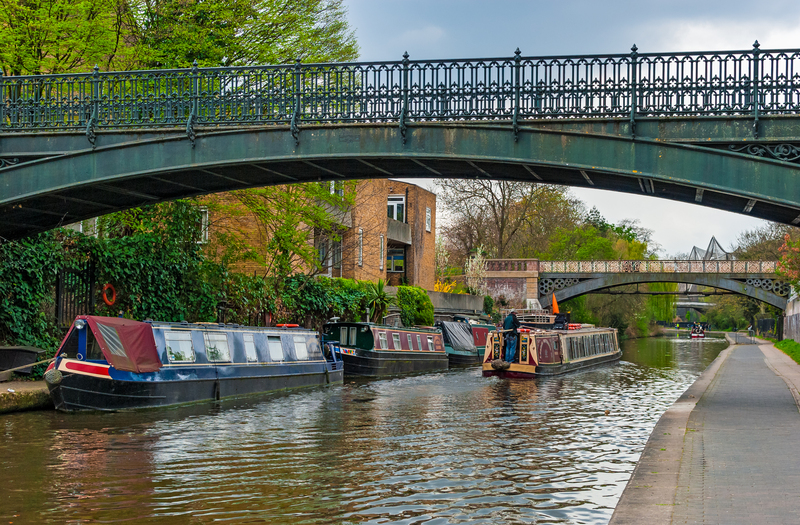Home Protection Tips for Movers
Posted on 04/11/2024
Moving into a new home is an exciting chapter, but it also comes with its share of stress and challenges, particularly when it comes to protecting your belongings and the home itself during the move. Whether it's safeguarding your furniture, preventing damage to walls and floors, or securing your home from potential break-ins, effective home protection is essential. In this article, we will delve into comprehensive tips for protecting your home and all that's within it during a move.
Prepare Your Home
Before the moving day arrives, it's crucial to prepare your home adequately. This preparation includes:
Removing Clutter: Clear your home of unnecessary items to reduce the risk of tripping and falling.
Protecting Floors: Use slip-resistant floor covers or old rugs to protect hardwood floors and carpets from scratches and dirt.
Wall Protection: Apply corner guards or foam padding to vulnerable areas of your walls to prevent scratches and dents.

Secure Your Belongings
Ensuring the safety of your belongings during a move is paramount. Here are some essential tips:
Packing Supplies: Invest in quality packing supplies including bubble wrap, sturdy boxes, packing tape, and markers. Fragile items should be packed with extra care and clearly labeled.
Furniture Protection: Use furniture pads or moving blankets to protect sofas, tables, and other bulky items from damage.
Electronic Equipment: Pack electronic devices in their original boxes if possible, otherwise use padded boxes. Remember to label cords and accessories for easy reassembly.
Personal Valuables: Keep personal valuables such as jewelry, important documents, and small electronics with you rather than in the moving truck.
Prevent Damage to Your New Home
Upon arriving at your new home, take steps to prevent potential damage during the unloading process:
Layout Plan: Have a layout plan of where each item will go to minimize the time spent moving items around and reduce the risk of accidental damage.
Protective Gear: Use door stoppers and frame protectors to avoid damaging doors and entranceways.
Weather Considerations: Prepare for weather conditions by placing mats or covers at entryways to protect flooring from water, mud, or snow.
Secure Your Home
Besides protecting against physical damage, securing your home from potential theft is equally important:
Locks and Alarms: Ensure all doors and windows have secure locks. Consider installing a security system for added protection.
Lighting: Outdoor lighting can deter potential burglars. Motion-sensor lights are especially effective.
Neighborhood Watch: Introduce yourself to neighbors and join or form a neighborhood watch program.
Security Cameras: Install security cameras to monitor your property.
Pros and Cons
Here are some pros and cons of focusing on home protection during a move:
Pros:
- Prevents damage to both homes, old and new.
- Increases the safety and security of your belongings.
- Enhances the moving process by reducing potential issues.
Cons:
- May involve additional costs for protective materials and security systems.
- Requires additional time and effort which can add to moving stress.

Key Takeaways
- Prepare your home in advance by decluttering and protecting floors and walls.
- Invest in quality packing supplies and adequately secure your belongings.
- Make a layout plan to minimize damage to your new home during unloading.
- Secure your home with locks, lighting, security systems, and engaging with neighbors.
Conclusion
Moving doesn't have to be synonymous with damage and loss. By taking proactive steps to protect both your old and new homes, as well as your possessions, you can ensure a smooth transition. While it may require some additional time, effort, and possibly cost, the peace of mind and prevention of potential damages make it all worthwhile. Effective home protection during a move ensures that your exciting new chapter begins on a positive and secure note.



